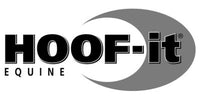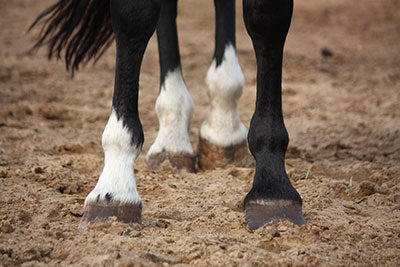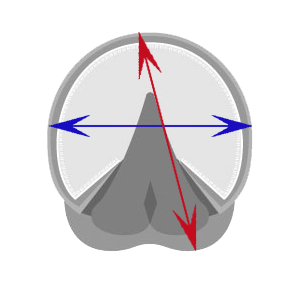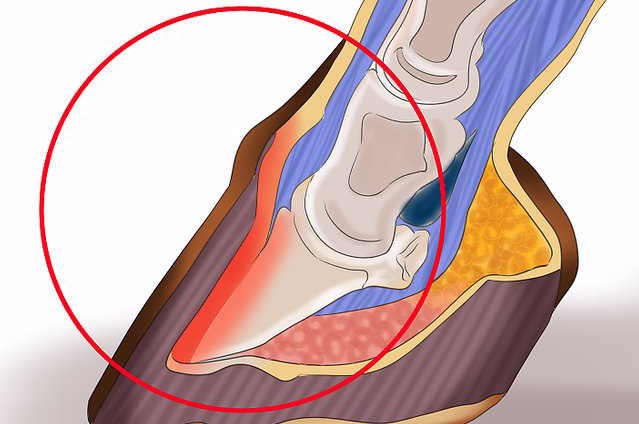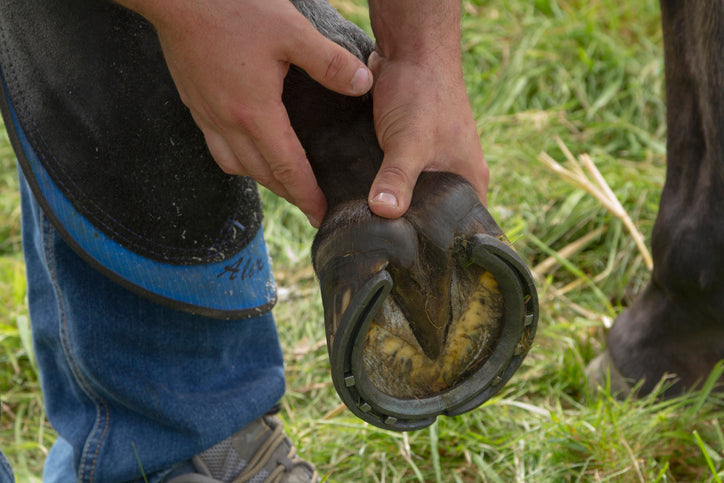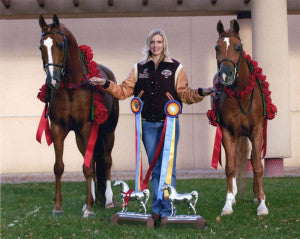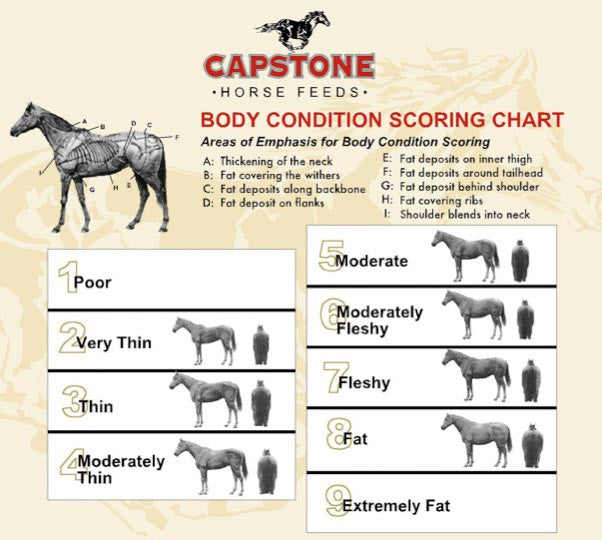Hoof Care for the New Horse Owner
When I am shopping for a horse, I have been known to have my Farrier look at the horse’s hoof health, along with a Veterinary pre-purchase. I feel that horse's feet are that important that it does not hurt to have an extra set of eyes in the area of the hoof. Furthermore, your Farrier is going to be working on these feet every six to eight weeks, and he or she will be the one keeping your horse balanced and sound.
If you are new horse owner and do not yet have a farrier or hoof trimmer, ask your vet, trainer or long-time horse owner friend for farrier/hoof trimmer recommendations. They can help point you in the right direction of a Farrier/Hoof Trimmer that is qualified to keep your horse in good sound condition. Another option is to look at the American Farriers Association site for certified Farriers. In the United States, Farriers typically go through a brief schooling period so you really want to look for someone who has been in the business and has invested the time to further their education. Farrier schools in the US are only a few months long vs. 3-5 years of schooling in Germany.
Europe also has stronger regulations than in the United States, so you want to find a person who is committed and who has attended the primary schooling, certification and subsequently has followed with an apprenticeship program. I have had wonderful Farriers throughout my equestrian career. However, I have also seen a lot of Farriers/Hoof Trimmers come and go.
In conclusion, it is very important that you don't skimp on this essential horse care element. There have been many progressions in the hoof care arena. From traditional horseshoes to barefoot. There are a lot of options out there like composite plastic horseshoes (sports shoes for your horse), hoof boots, glue on shoes, injection hoof molds and velcro shoes to name a few. It is worth the time and the money to find a quality professional to know the best route and products to keep your horses going sound, comfortable and to the best of their abilities. A sound horse is a happy horse, and a happy horse makes a happy horse owner.
